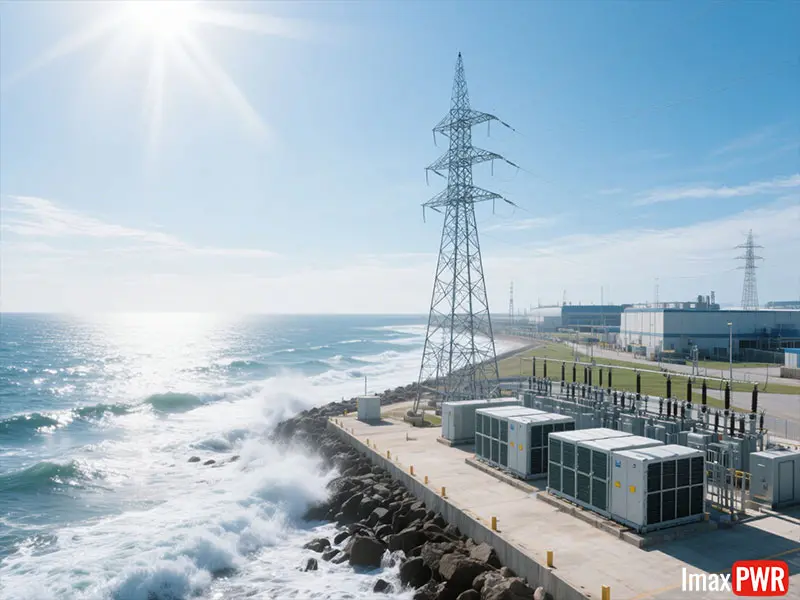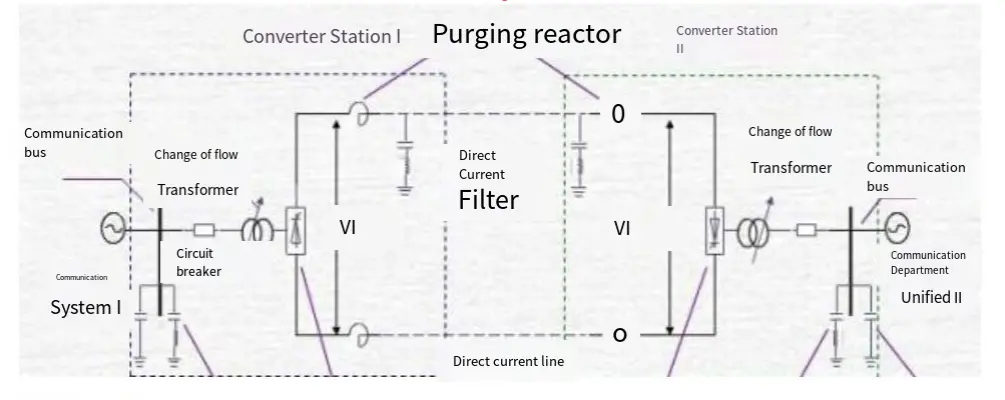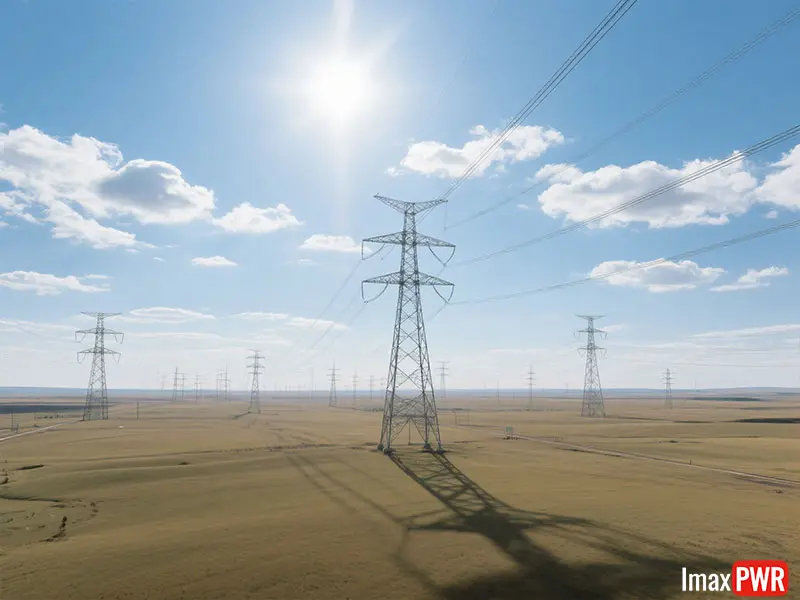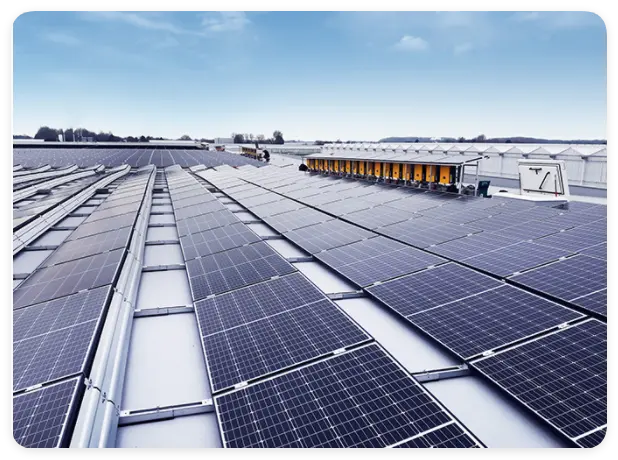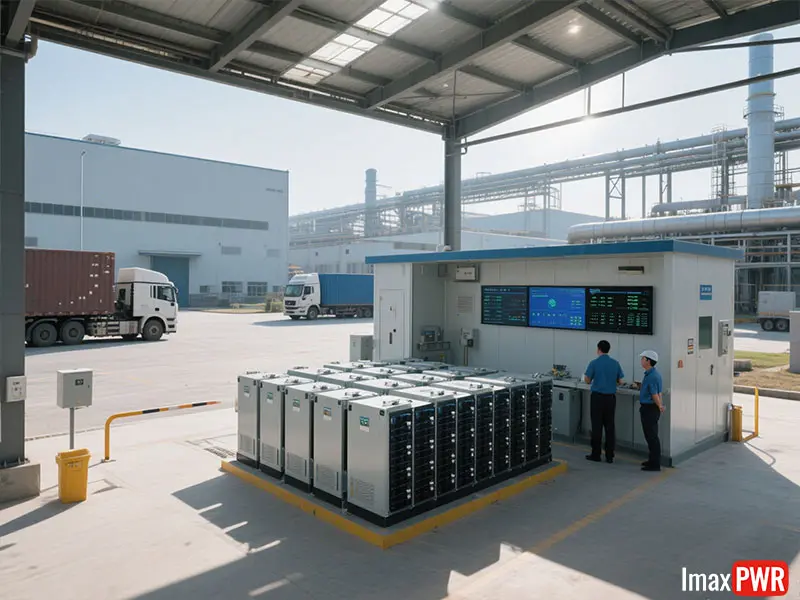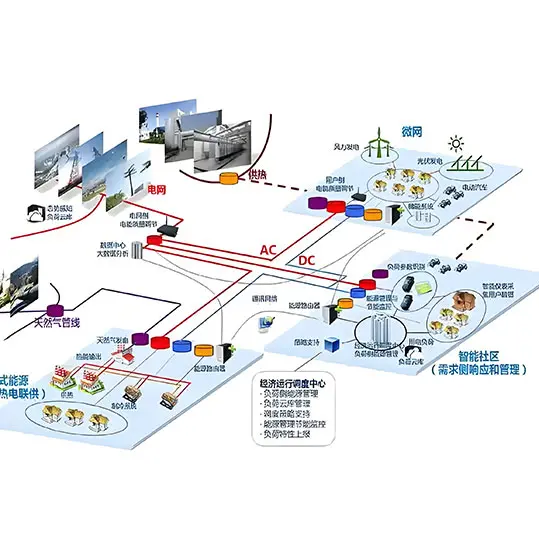High-Voltage Direct Current (HVDC) Transmission System
System Overview
The HVDC transmission system operates in a distributed manner. It converts three-phase alternating current (AC) into direct current (DC) at a converter station. Then, it transmits the DC power through dedicated DC transmission lines to another converter station, where it inverts the DC back into three-phase AC. The following diagram provides a detailed illustration of the transmission process.
Technical, Reliability, and Economic Advantages over AC Transmission
- Reduced Transmission Losses: HVDC minimizes energy losses over long distances, enhancing overall transmission efficiency.
- Enhanced Power Control: It offers precise control over power flow, improving grid stability and reliability.
- Cost-Effective for Long Distances: HVDC becomes more economical than AC transmission for ultra-long-distance projects, considering lower losses and reduced conductor requirements.
- Interconnecting Asynchronous Grids: It enables the connection of grids operating at different frequencies or phases, facilitating international power trade.
Limitations of HVDC Transmission
- Voltage Transformation Challenge: HVDC cannot use transformers to change voltage levels, requiring complex voltage conversion solutions.
- High Converter Station Costs: The construction and maintenance of converter stations incur significant expenses.
- Complex Control Mechanisms: HVDC systems demand sophisticated control algorithms to manage power flow and stability.
Application Areas
HVDC finds applications in various sectors, including power transmission, offshore wind farms, and intercontinental grid interconnections.
Overview of Communication Equipment Room Power Solutions in China
Currently, most communication equipment rooms in China rely on traditional Uninterruptible Power Supply (UPS) systems. Despite typically employing a 1+1 backup configuration, these systems face issues like low reliability, operational inefficiency, and poor maintainability. These drawbacks lead to occasional major system failures and make maintenance and capacity expansion extremely challenging.
Proposed Solution: Distributed HVDC for Communication Equipment Rooms
- Networked Power Management: Distributed HVDC offers a networked approach to power management in communication equipment rooms.
- Parallel Installation of HVDC Units: Several HVDC units install in parallel within the same system, allowing for flexible power allocation.
- Enhanced Energy Utilization: The system improves energy efficiency by optimizing power distribution among units.
- Reduced Energy Consumption: It minimizes energy waste, leading to lower operational costs.
- Convenient Power Supply Modifications: Distributed HVDC facilitates easy modifications to power supply configurations, accommodating aging equipment rooms and future expansions.
Keywords: HVDC Transmission System, Power Transmission Efficiency, Grid Stability, Communication Equipment Room Power Solutions, Distributed HVDC, Energy Utilization, Cost Reduction


